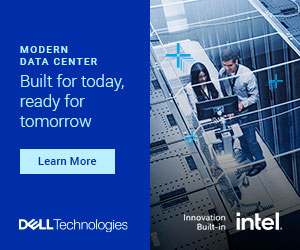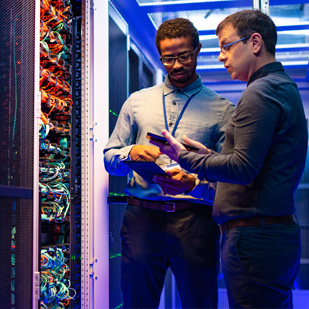Edge computing is computing done at or near the source of data, which we call “the edge.” Simply put, the edge is anywhere data is created, as long as that place isn’t a private data center or public cloud like Amazon Web Services (AWS) or Microsoft Azure. Edge computing systems help address infrastructure challenges like bandwidth limitations, excess latency and network congestion.
The edge comprises storage and servers located where data is created. It also encompasses our personal and Internet of Things (IoT) devices, point-of-sale (POS) terminals, autonomous cars and the local network devices we keep in our offices.
That said, when IT professionals refer to edge computing, they often talk about devices that are one or more steps removed from the end user. That could mean servers deployed to collect and analyze data or dedicated server nodes designed for a specific purpose, like gaming.
In the latter case, so-called gamelets process, store, and deliver data to gaming devices. These gamelets can offer the lower latency required by modern games better than the cloud because they are deployed in close proximity to end-users.
Edge computing infrastructure is usually deployed in shielded enclosures designed to protect it from extreme temperatures, moisture and anything else the environment can throw at it. Once deployed, edge infrastructure is often tasked with normalizing and analyzing data streams. It then looks for valuable intelligence from the data and only transfers the most useful results back to a centralized data center. This real-time, autonomous decision-making has the potential to save precious time and dramatically lower costs.
A 2018 report by Gartner offers a glimpse of the edge to come. Five years ago, the research firm reported that just 10% of the world’s data was created outside a traditional centralized data center or cloud. Now, Gartner predicts that by 2025, data from IoT devices at the edge will account for five times as much data. That’s around 90 zettabytes (ZB), or about 50% of the 175 ZB we will have created by then.
The more data we create, the more we must rely on edge computing to process and act on that data locally instead of waiting for it to go to and come back from the cloud. That makes edge computing a vital resource that will only become more valuable in the future.





















